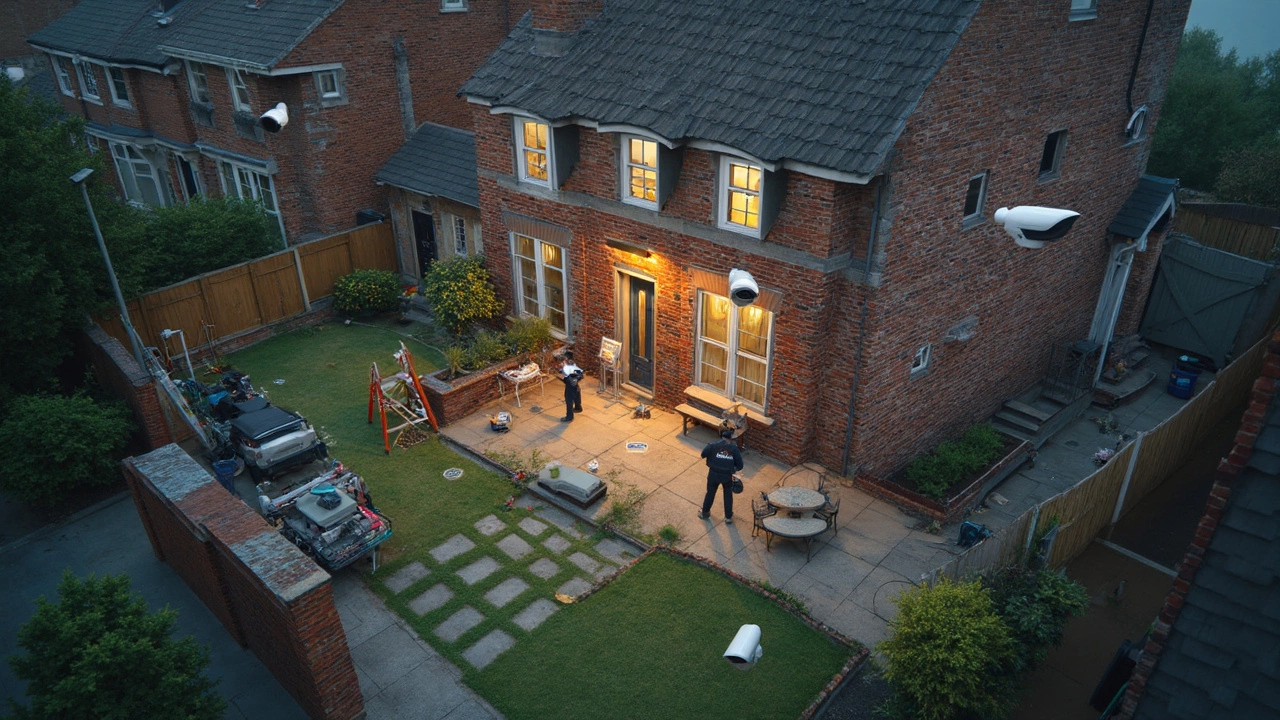When you think about adding a camera, the first question is usually “how much?”. The answer isn’t just a single number – it’s a mix of hardware, wiring, power, and services. Knowing where the money goes helps you avoid surprise bills and pick the right system for your home or business.
Hardware is the biggest upfront expense. A basic indoor Wi‑Fi camera can cost £30‑£80, while a robust outdoor unit with night vision and weatherproof housing often starts at £120 and can climb above £300. If you need several cameras to cover a whole property, multiply that price. Don’t forget mounts, brackets, and any extra lenses – they add up quickly.
Installation is the next chunk. DIY‑friendly models let you skip the labour charge, but professional mounting ensures proper angle, secure wiring, and compliance with local rules. A qualified installer in the UK typically charges £50‑£100 per camera, plus a call‑out fee. For larger jobs, they may offer a flat rate package.
After the system is up, you’ll face ongoing costs. Most cameras need a power source. Wired units draw a few watts; that translates to a few pennies a month on your electricity bill. Wireless cameras rely on batteries that may need replacement every 6‑12 months – factor in the cost of new batteries or a solar‑charging kit.
Cloud storage is another recurring expense. Many brands give you a free 7‑day roll‑over, but if you want longer archives or higher resolution footage, you’ll pay a subscription of £3‑£10 per month per camera. Some services bundle several cameras at a discount, so compare plans before you sign up.
Start with a clear layout of where you need coverage. More cameras than necessary drive up both purchase and power costs. Use a mix of indoor and outdoor models only where the environment demands it.
Consider hybrid storage. Save critical clips locally on a micro‑SD card – most cameras support 32‑GB cards for under £10 – and use the cloud only for motion‑triggered events. This cuts the subscription fee dramatically.
Take advantage of seasonal sales. Many retailers discount security gear in January and during Black Friday. Buying a kit that includes multiple cameras, a recorder, and mounting hardware can save 15‑20% compared to single purchases.
Don’t overlook power savings. Choose cameras with low‑power IR LEDs and set motion‑activated recording instead of continuous streaming. A few minutes of motion per day can slash energy use by half.
Finally, read reviews for reliability. A cheap camera that breaks after a few months creates hidden costs in replacements and lost footage. Investing a bit more in a reputable brand often pays off in lower long‑term expenses.
Bottom line: security camera expenses are a blend of hardware, installation, power and storage. By planning your layout, mixing storage options, and hunting for deals, you can protect your property without breaking the bank.

CCTV installation often comes with a bigger price tag than most folks expect. This article breaks down what drives the cost up, from the price of cameras to labor and ongoing maintenance. Learn which choices eat up your budget and discover tips to get solid security without overspending. Real-world examples keep it practical, not just theoretical. The article also covers common mistakes people make when buying CCTV setups.